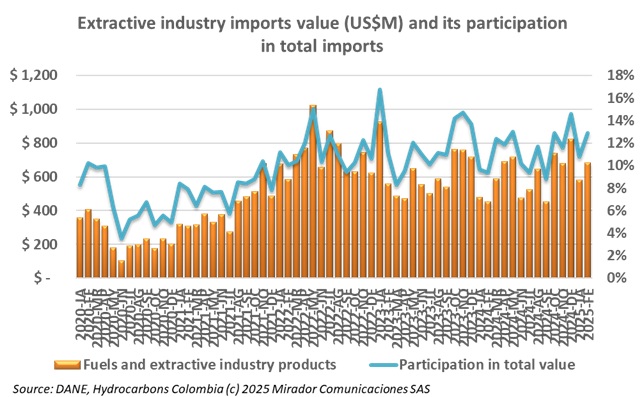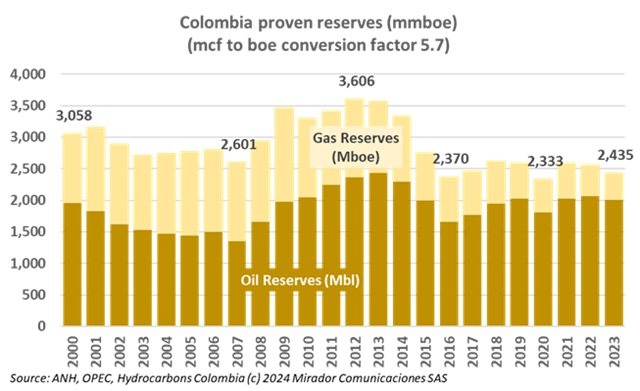This week a “potpourri” of varied, vaguely related small notes that, together, turn into a commentary on the state of the Colombian hydrocarbons industry.
Just days before the official announcement of former Environment Minister Irene Vélez Torres as the new director of Colombia’s National Environmental Licensing Authority (ANLA), a quiet but significant change took place.

In a historic turn, remittances to Colombia have officially overtaken oil exports as the country’s leading source of foreign currency, marking a fundamental shift in the nation’s external income structure.

The DIAN and DANE reported the behavior of Colombia’s imports during February this year.
Manuel Peña Suárez, an electrical engineer with a master’s degree in economics, has been appointed as the acting director of Colombia’s Mining and Energy Planning Unit (UPME), replacing Carlos Adrián Correa.
As Latin America faces a turbulent global economic environment in 2025, its persistent fiscal challenges are pushing the region to reevaluate how public finances are managed.
Colombia’s National Environmental Licensing Authority (ANLA) launched a formal sanctioning process against Canadian oil companies Canacol Energy (TSX: CNE) and Carrao Energy, citing multiple environmental violations related to their operations in Block Llanos 23, located in San Luis de Palenque, Casanare.
The government appointed Karen Schutt Esmeral as its new Deputy Minister of Energy, marking a significant leadership change within the Ministry of Mines and Energy (MinEnergia).

The President of Colombia’s National Hydrocarbons Agency (ANH), Orlando Velandia, offered a surprisingly optimistic forecast for the country’s oil and gas reserves in 2024.
In a stark and urgent appeal, Eduardo Verano, Governor of Atlántico, warned that Colombia is teetering on the edge of an “energy pandemic” due to the growing threat of a natural gas shortage.